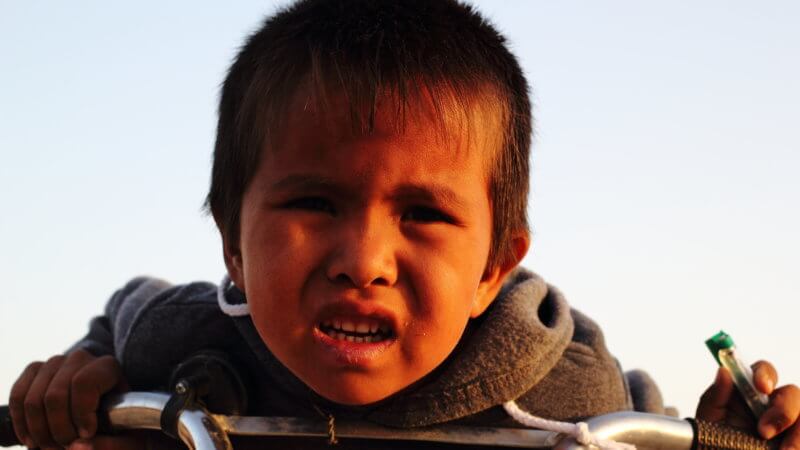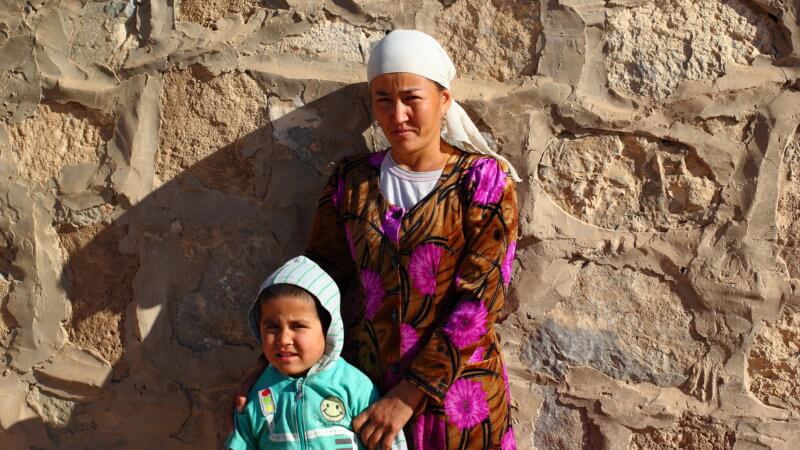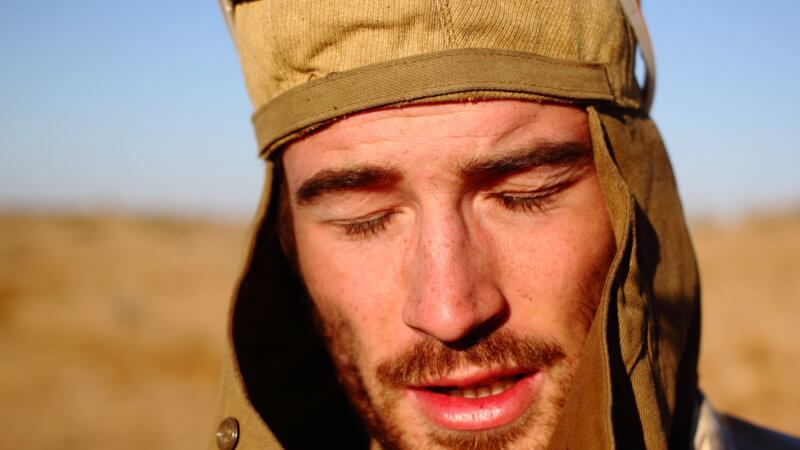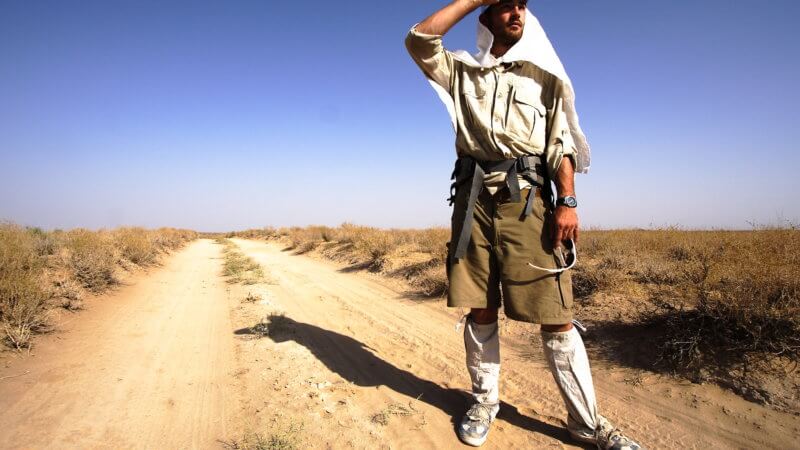The Kyzylkum Desert is larger than the United Kingdom. The earliest evidence for human settlement goes back to the time of the Andronovo people in 2100 BC. Today, there are still semi-nomadic communities dotted around the region involved in camel husbandry. However, larger towns and cities have developed on the perimeter of the desert, primarily built to support the natural gas and mineral mining industries in remote areas of the Kyzyl Kum. This series of Kyzyl Kum photos covers a 160km camel-supported walk (and run by Jamie Maddison) around the desert.
In the desert and near the Kazakh border is Lake Aydar, which is one of the largest human-made lakes in the world. It was initially a dry and shallow saline depression. In 1969 a severe flood event in the Syr Darya caused the Chardarya reservoir to exceed its capacity. This forced Soviet engineers to divert water to the area to manage the overflow. For a couple of decades after, a fishing industry existed on Aydar although activity has declined considerably in the 21st century because of low fish reserves.
For more Kyzyl Kum photos have a look at a series of images shot by Paul Salopek and John Stanmeyer for National Geographic. Salopek is a writer and journalist. In 2013 he embarked on a 33,000 km+ walk from Ethiopia to trace the routes of early human migration. As part of his trip, he traversed the Kyzyl Kum desert with a couple of donkeys.
In Turkic languages Kyzyl Kum means “red sand”. For any jaunts into the desert, including with camels, the southern town of Nurata is a good starting point. Nukus, in the western part of Uzbekistan, is another option too. In the central-northern part of the desert there’s also the Soviet-era gold and uranium mining town called Uchquduq, which is still in operation today.
My photography has been published in the following outlets:





















































